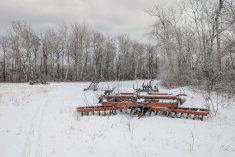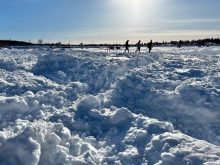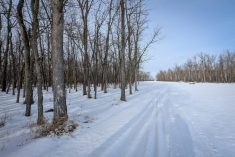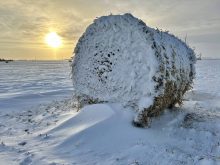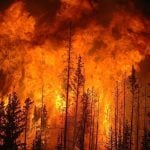We start this forecast period off with plenty of cold air in place, which is a 180-degree change from a week ago. Saskatchewan and Manitoba will also have to deal with a disturbance on Wednesday and Thursday that may bring upwards of 15 cm of fluffy snow. Once this system moves by it looks like the rest of the forecast period will be sunny to partly cloudy and cold, not bone chilling cold, but below average cold — midwinter cold.
An area of low pressure has developed over the American Midwest, and while the parent low is not forecasted to develop into a strong storm system, an upper air disturbance associated with the low, but displaced well to north, is forecasted to bring a wide swath of snow to the Canadian Prairies, beginning Wednesday morning, Feb. 5. In Saskatchewan snow is forecasted to become moderate to heavy with accumulations in southern Saskatchewan pushing into the 10 to 15 cm range. Due to the cold atmosphere, the snow is expected to be fairly fluffy. Manitoba will see slightly less accumulations. The system should pull east of the Prairies by Thursday. Across Alberta, southern and eastern regions my see some snow which could last into early in the day Wednesday.
Read Also
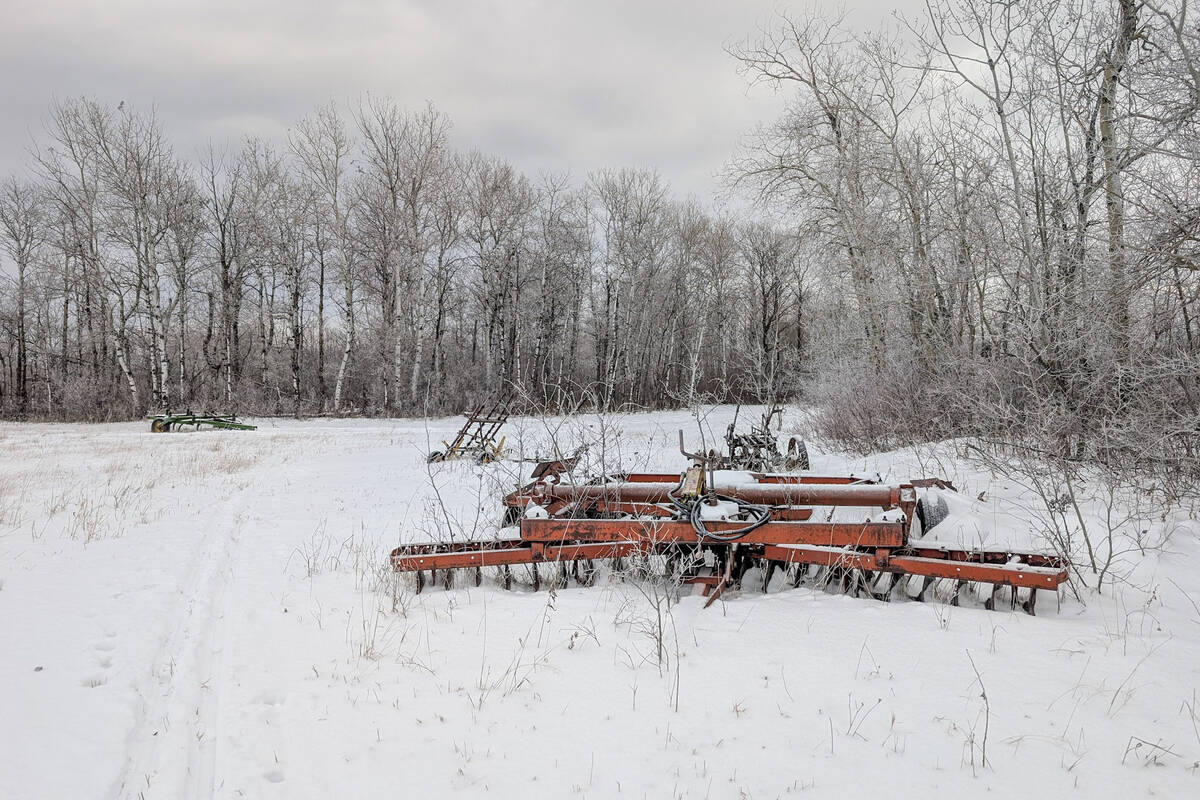
Prairie forecast: Northwesterly flow brings seasonable temperatures, weak systems
This forecast period is dominated by two lows — one to the far west, and one over Hudson Bay. The relative strength of the two lows will determine temperatures across the Prairies.
After this system moves through it looks like most of the Prairies will see sunny to partly cloudy skies for the rest of the forecast period as the general flow across the Prairies continues out of the northwest with several weak arctic highs forecasted to drop southeastwards in the flow. This will keep temperatures on the cold side, but fortunately it does not look like there will be a significant outbreak of really cold air.
Alberta
Southern and eastern regions could see 2 to 5 cm of snow from an area of low pressure developing to the south of the province. Most of the snow should fall during the morning on Wednesday before tapering off in the evening as the supporting low pulls off to the east. Behind the low the flow across the province will become north to northwesterly. Within this flow, several areas of arctic high pressure are forecasted to drop southwards over the next week. These highs should bring mostly clear skies right through to next Wednesday with the exception of a couple of quick shots of clouds and flurries as each high builds southwards. The first chance is on Sunday and then again around Tuesday. With Arctic high pressure firmly in place it means cold temperatures. Expect daytime highs across southern regions to be in the -12 C range with overnight lows falling to around -21 C. Over central regions highs will be in the -15 C range with overnight lows around -24 C, while in the north expect highs in the -18 C range with overnight lows falling to around -27 C.
Saskatchewan and Manitoba
We start this forecast period off with a disturbance tracking across southern and central regions bringing plenty of clouds along with widespread snowfall. Typically snowfalls use a 10:1 ratio of water to snow depth, but this this system the ratio will likely be around 20:1. This means that while accumulations may be in the 10 to 15 cm range over southern Saskatchewan and western Manitoba, the snow will be light and fluffy. While there will likely not be that much wind with the system, once it passes through and high pressure begins to build, we can expect winds to pick up causing some blowing snow. This will occur late in the afternoon and overnight into Thursday morning in Saskatchewan, and on Thursday in Manitoba. Central and eastern parts of Manitoba will likely see between 5 and 10 cm of light fluffy snow starting early morning on Wednesday and lasting until early Thursday. There is some indication that the southern half of southern Manitoba may miss out on most of the snow with only a couple of centimetres expected.
Once this system pulls off to the east on Thursday we will see as series of arctic high pressure systems dropping southeastwards out of the Yukon. While these highs are forecasted to bring below average temperatures, a severe cold snap is not expected. Expect daytime highs to be in the -16 to -20 C range with overnight lows falling into the -24 to -28 C range.
Looking further ahead, the weather models are showing the same basic pattern staying in place right through most of February. So, expect most days to be sunny and cool/cold with a quick shot of some light snow every week or so. As usual, you know once we write about it, Mother Nature is going to change it!
— Daniel Bezte is a teacher by profession with a B.A. (Hon.) in geography, specializing in climatology from the University of Winnipeg. He operates a computerized weather station near Birds Hill Park, Man. Contact him via email with your questions and comments.




